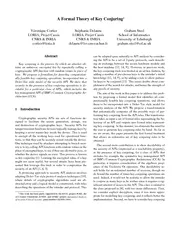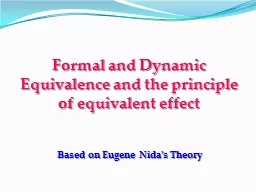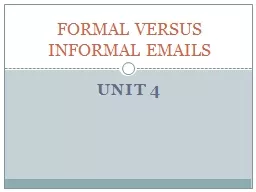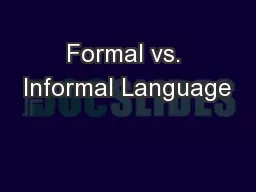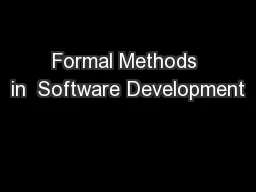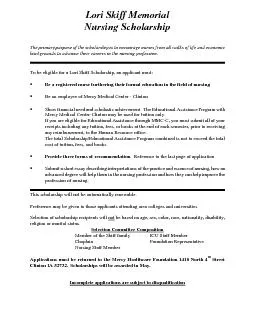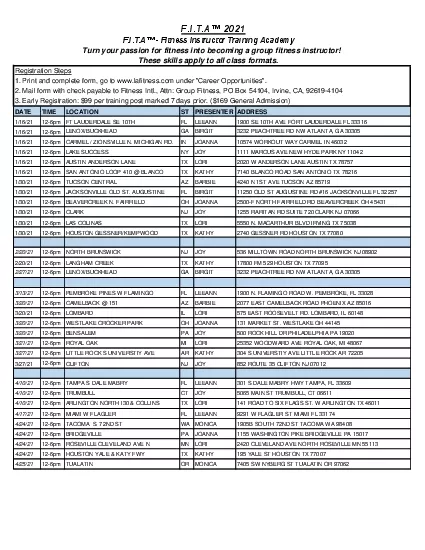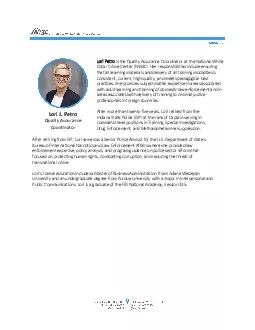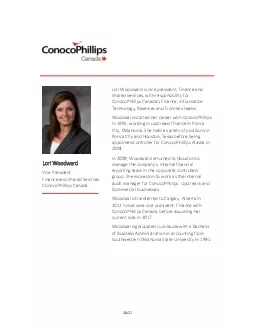PDF-A Formal Theory of Key Conjuring eronique Cortier LORI
Author : briana-ranney | Published Date : 2015-05-20
fr St ephanie Delaune LORIA Projet Cassis CNRS INRIA delaunelsvenscachanfr Graham Steel School of Informatics University of Edinburgh grahamsteeledacuk Abstract
Presentation Embed Code
Download Presentation
Download Presentation The PPT/PDF document "A Formal Theory of Key Conjuring eroniqu..." is the property of its rightful owner. Permission is granted to download and print the materials on this website for personal, non-commercial use only, and to display it on your personal computer provided you do not modify the materials and that you retain all copyright notices contained in the materials. By downloading content from our website, you accept the terms of this agreement.
A Formal Theory of Key Conjuring eronique Cortier LORI: Transcript
Download Rules Of Document
"A Formal Theory of Key Conjuring eronique Cortier LORI"The content belongs to its owner. You may download and print it for personal use, without modification, and keep all copyright notices. By downloading, you agree to these terms.
Related Documents

